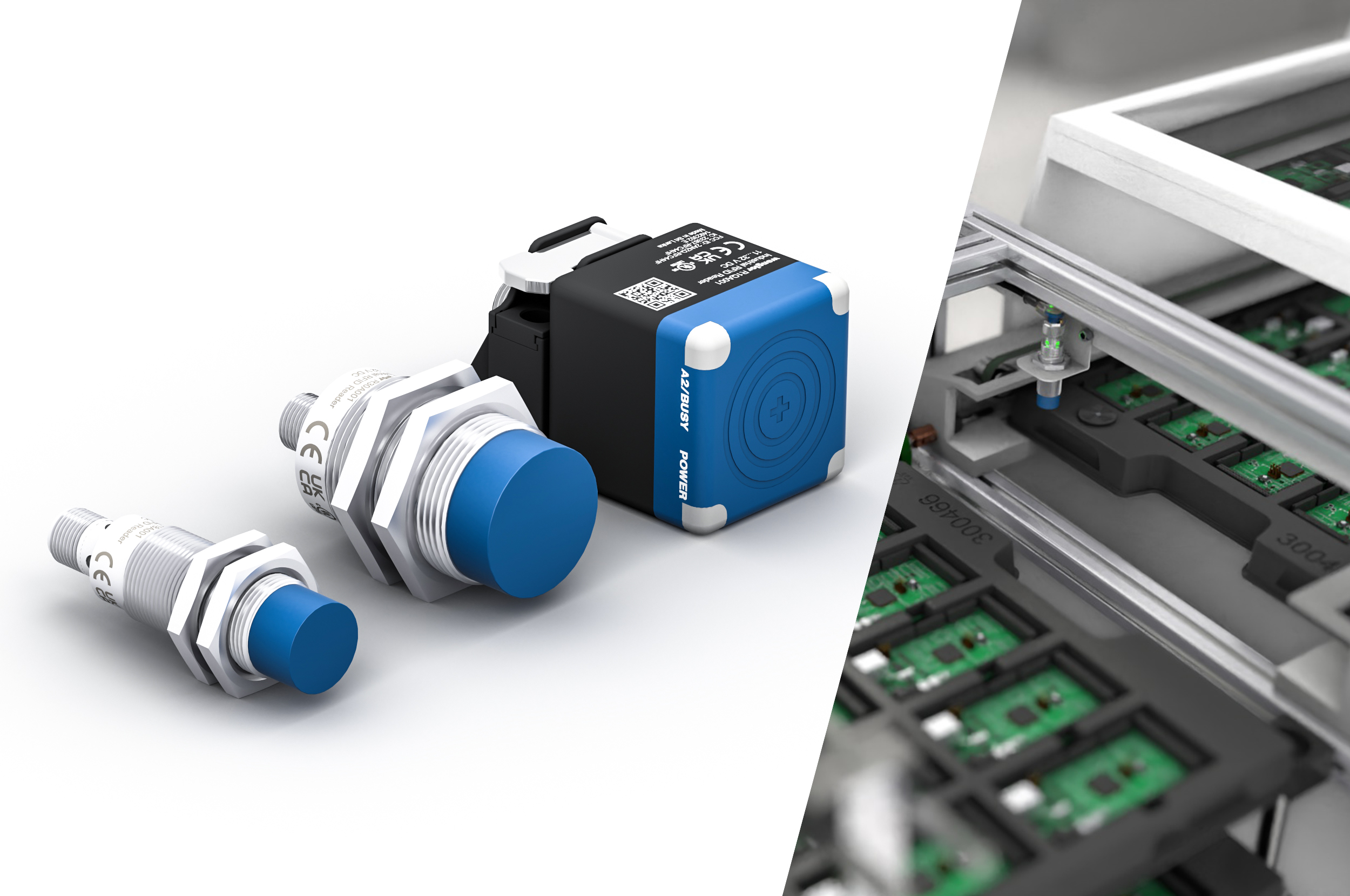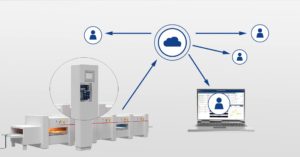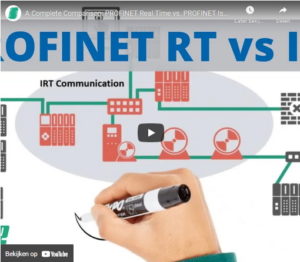With the release of the new industrial RFID readers, the wenglor sensoric group has expanded its product portfolio to include RFID systems. The RFID readers enable reliable and quick identification solutions at close range. Thanks to contactless communication between an RFID reader and an RFID transponder, production processes can be controlled, objects traced and inventory information gathered. Parameters can be changed easily and process data can be transmitted efficiently via the integrated IO-Link interface.
Industrial RFID readers emit electromagnetic waves that are picked up by a transponder. The signal returned is interpreted by the RFID reader and the information is processed. RFID systems make contactless data transfer and assignment completely reliable – thanks to a high degree of protection and temperature resistance even in challenging process environments. The portfolio also includes a selection of transponders.
High Process Reliability Thanks to Robust Design and Variable Functions
The robust design of the industrial RFID readers with a high degree of protection up to IP69K and temperature resistance of –25 °C to +80 °C ensures high process reliability even in challenging process environments. The range includes cubic and metric designs for various applications. RFID readers enable secure data transfer by parameterizing RSSI values. The flexible configuration of alarm modes makes individual application solutions possible, while LED displays visible around them provide user-friendly visualization.
Wide Range of Applications for Industry 4.0
The RFID portfolio impresses when reading, comparing and writing data for applications in close range with ranges of up to 78 mm. There are many possible uses for identification solutions with RFID technology. An RFID transponder on the workpiece carrier always contains the current status of a component and thus enables intelligent production control. RFID systems are used, for example, in special machine construction, as they enable production-relevant data to be saved for each workpiece on the relevant workpiece carrier, enabling an efficient and workpiece-specific production process. In the food industry, RFID readers capture and collect production data throughout the production process to ensure batch traceability at all times. RFID systems are also used to monitor the internal flow of materials by enabling data collection of current inventories.
The Highlights at a Glance:
- Reading, comparing and writing data for near-field applications with ranges of up to 78 mm
- High data transfer speed when writing and reading transponders
- Clear assignment of data for reliable identification solutions
- Parameterization of the RSSI value for secure data transfer
- Configuration of alarm modes for high process reliability
- User-friendly visualization thanks to LED displays visible all round
- High degree of protection up to IP69K and high temperature resistance of RFID readers for reliable use in the temperature range from –25 °C to +80 °C
- Simple operation through parametrization via IO-Link




